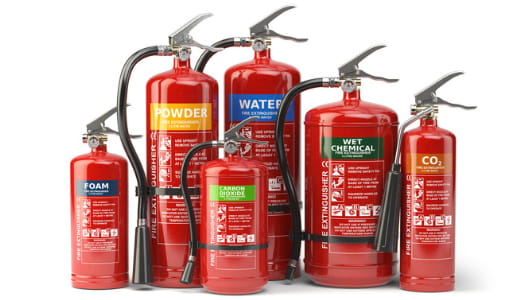An emergency situation in the workplace can be frightening and chaotic. Having a well-defined “workplace evacuation plan development process” in action can significantly improve the safety and efficiency of an evacuation. This plan should outline the procedures employees need to follow in the event of a fire, natural disaster, or other emergencies that require a building evacuation. A comprehensive plan, coupled with regular fire drill procedures for office staff and fire extinguisher training for employees, can mean the difference between a minor inconvenience and a tragic outcome.
This blog post will help businesses of all sizes to develop a robust emergency evacuation plan for multistory buildings and ensure it adheres to ADA compliance in workplace evacuation plans.
Why is a Workplace Evacuation Plan Important?
A well-developed and implemented workplace evacuation plan development process offers many benefits for both employers and employees. Here are some key reasons why it is crucial:
- Ensures Employee Safety: A clear plan minimizes confusion and panic during an emergency, allowing employees to evacuate the building quickly and safely.
- Reduces Property Damage: A swift evacuation can help minimize damage caused by fire, flooding, or other emergencies.
- Complies with Regulations: Most countries and regions have regulations mandating workplaces to have evacuation plans.
- Improves Business Continuity: A well-rehearsed evacuation plan allows businesses to resume operations faster after an emergency
Steps to Develop a Workplace Evacuation Plan
Developing a comprehensive workplace evacuation plan development process involves several key steps:
1. Conduct a Hazard Assessment:
The first step always is to identify potential hazards in your workplace. This could include fire, chemical spills, gas leaks, power outages, natural disasters, or security threats. Consider the specific layout and operations of your building when conducting this assessment.
2. Designate Evacuation Routes and Exits:
Once you’ve identified potential hazards, map out clear evacuation routes for each area of your building. Ensure there are multiple exits available, and consider alternative routes in case of blocked exits. Clearly mark evacuation routes with visible signage that glows in the dark for low-light situations.
3. Establish Assembly Points:
Designate safe assembly points outside the building, a safe distance away from the potential location of the emergency. Consider having multiple assembly points for large buildings or those with complex layouts.
4. Identify Emergency Roles and Responsibilities:
Assign specific roles and responsibilities to designated staff members during an evacuation. This could include floor wardens who assist with evacuation procedures on each floor, sweepers who ensure no one is left behind, and a headcount coordinator who verifies everyone’s presence at the assembly point.
5. Develop Communication Procedures:
Establish clear communication protocols for alerting employees of an emergency and notifying emergency responders. This might involve using alarm systems, public address systems, or designated personnel to spread the word.
6. Integrate ADA Compliance
ADA compliance in workplace evacuation plans is essential. Your plan should consider the needs of employees with disabilities and provide alternative evacuation procedures for those who may require assistance. This could involve designating buddy systems, ensuring accessible evacuation routes, and having a plan for those who cannot use stairs.
7. Document the Plan:
Document your workplace evacuation plan development process in a clear and concise format. The plan should be easily accessible to all employees, and copies should be posted prominently throughout the workplace.
8. Training and Drills
Fire drill procedures for office staff and fire extinguisher training for employees are crucial aspects of a successful evacuation plan. Regularly conduct fire drills and evacuation exercises to familiarize employees with the evacuation procedures and their designated roles. These drills should be realistic yet controlled, allowing employees to practice navigating evacuation routes and reaching the assembly point safely.
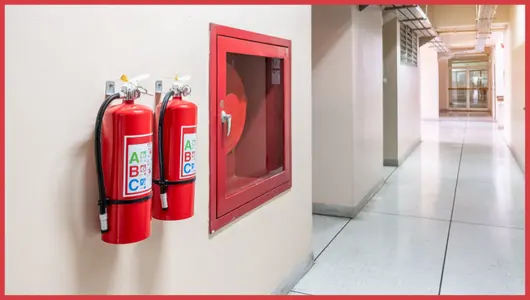
Fire Drill Procedures for Office Staff
Here are some key elements of effective fire drill procedures for office staff:
- Announce the Drill: Inform employees beforehand that a fire drill will be conducted to avoid unnecessary panic.
- Simulate a Realistic Scenario: Activate the fire alarm or use another designated emergency signal to mimic a real-world situation.
- Practice Evacuation Procedures: Employees should follow the designated evacuation routes and proceed to the assembly point.
- Account for All Personnel: Once at the assembly point, the headcount coordinator should verify that everyone has evacuated safely.
- Debrief and Review: After the drill, conduct a debriefing session to discuss any issues encountered and identify areas for improvement
Evacuation Plan Maintenance and Communication
While creating a solid evacuation plan is crucial, its effectiveness hinges on ongoing maintenance and clear communication with employees. Here’s how to ensure your plan stays up-to-date and everyone is informed:
- Regular Review and Updates: Schedule regular reviews of your evacuation plan, at least annually or more frequently if there are changes in building occupancy, layout, or regulations. Update the plan to reflect any modifications and ensure it remains relevant to potential emergencies.
- Dissemination and Accessibility: Make the evacuation plan readily available to all employees. Distribute digital copies via email or a company intranet, and post physical copies in prominent locations throughout the workplace, including break rooms, common areas, and near emergency exits.
- New Hire Training: Integrate evacuation plan familiarization into onboarding procedures for new employees. This training should cover evacuation routes, assembly points, roles and responsibilities, and communication protocols.
- Ongoing Communication: Regularly communicate updates or reminders about the evacuation plan. This can be done through company-wide emails, safety meetings, or digital signage displays.
- Post-Drill Debriefings: Following fire drills or evacuation exercises, conduct debriefing sessions to discuss the experience and identify areas for improvement. This feedback can be used to refine the evacuation plan and address any employee concerns.
Benefits of a Robust Evacuation Plan
Investing in a comprehensive workplace evacuation plan development process offers numerous advantages for businesses of all sizes:
- Enhanced Employee Safety: A well-defined plan minimizes confusion and panic during an emergency, allowing employees to evacuate quickly and safely. This demonstrably reduces the risk of injuries or fatalities in critical situations.
- Reduced Property Damage: A swift evacuation can significantly minimize damage caused by fire, flooding, or other emergencies. This translates to lower repair costs and faster business recovery after an incident.
- Improved Business Continuity: A well-rehearsed evacuation plan allows businesses to resume operations more quickly after an emergency. This minimizes downtime and associated financial losses.
- Compliance with Regulations: Most countries and regions have regulations mandating workplaces to have evacuation plans. A well-developed plan ensures compliance with legal requirements and avoids potential fines or penalties.
- Positive Workplace Culture: A focus on workplace safety through evacuation planning demonstrates a commitment to employee well-being. This fosters a more positive and secure work environment for your staff.
Conclusion
Following all the steps outlined in this blog post, you can develop a comprehensive workplace evacuation plan development process that safeguards your employees and ensures a seamless smooth and safe evacuation in the event of an emergency. Remember, practicing your evacuation plan through regular drills is vital for its effectiveness. Investing in fire drill procedures for office, fire extinguisher training for employees, and ongoing communication about the plan demonstrates a proactive approach to workplace safety.
A well-prepared workplace equipped with a robust evacuation plan minimizes the risk of emergencies escalating into major incidents. This not only protects employees but also safeguards your business operations and promotes a culture of safety within your organization.
Read More Articles:
Ultimate Fire Extinguisher Buying Guide for Business owners
The Role of Personal Protective Equipment (PPE) in Firefighting
Ensuring Safety in the Factory: Choosing the Right Fire Fighting Equipment
Related Articles
The Rise of Eco-Friendly Fire Suppression: Exploring Fluorine Free Foam (ECOFOAM) Solutions
Foam Concentrates: The Ultimate Guide(2024) to Effective Fire Suppression
Choosing the Right Fire Sprinkler System for Your Commercial Property
The Ultimate Guide to Fire Extinguishers: Types, Uses, and Maintenance
The Role of Personal Protective Equipment (PPE) in Firefighting
Keeping Your Business Safe: A Comprehensive Guide to Fire Risk Assessments
Protecting Your Electrical Equipment: The Importance of a Fire Suppression System for Electrical Panels

Protect Your Data Center with a Reliable Fire Suppression System
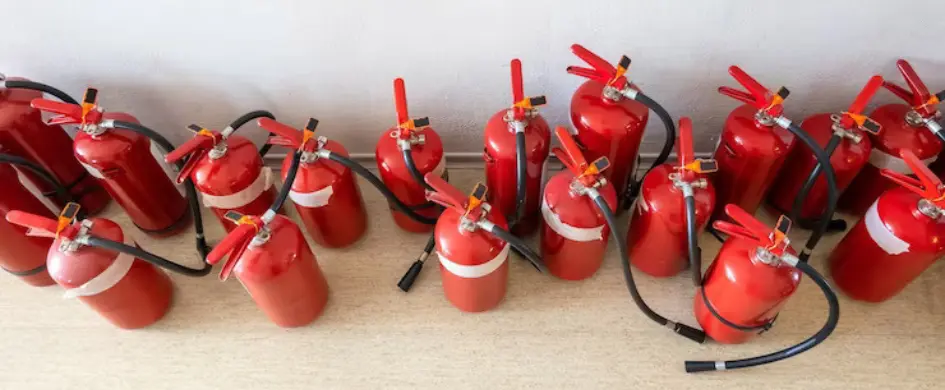
How to choose a water mist fire extinguisher
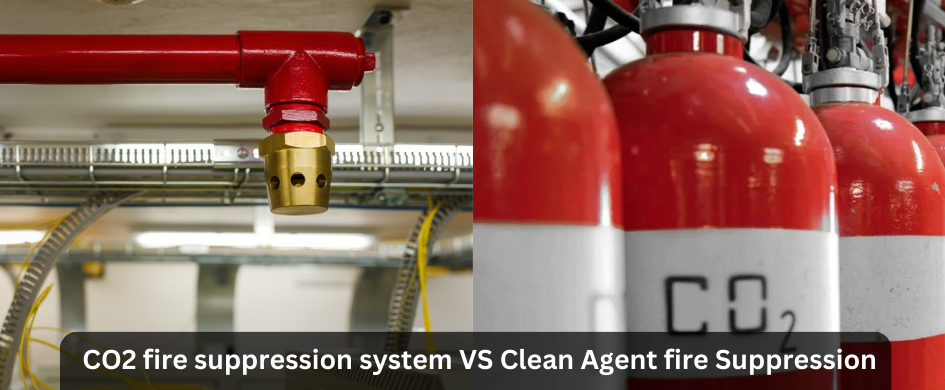
CO2 Fire Suppression System vs Clean Agent fire Suppression
Ensuring Safety in the Factory: Choosing the Right Fire Fighting Equipment
The Top 5 Places Where Fire Suppression Systems are a Must

How to choose the right Fire Safety Equipment for Factories

Difference Between Fire Suppression System and Fire Sprinkler
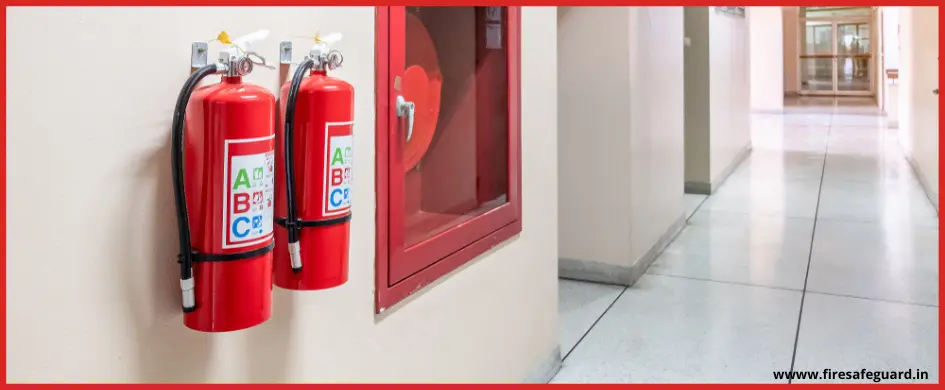
Ultimate Fire Extinguisher Buying Guide for Business owners

Known and Unknown Facts about Fire everyone should know

Everything you need to know about water type extinguisher

What is a Clean Agent Fire Extinguisher ? Detailed Guide 2024
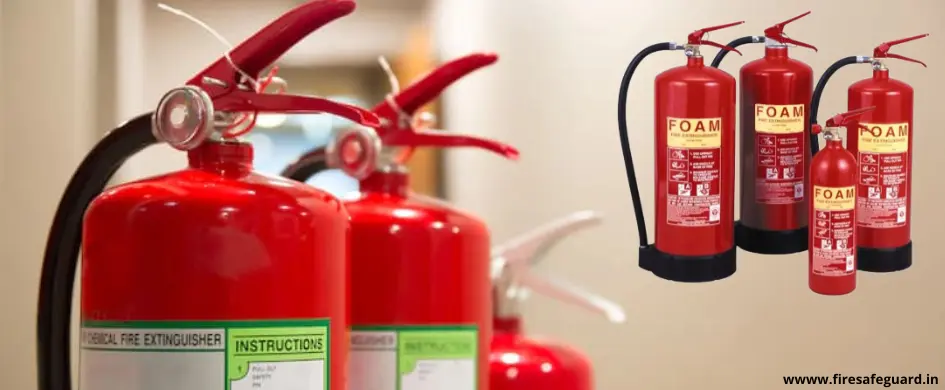
Everything You Need to Know About Foam-Type Fire Extinguishers
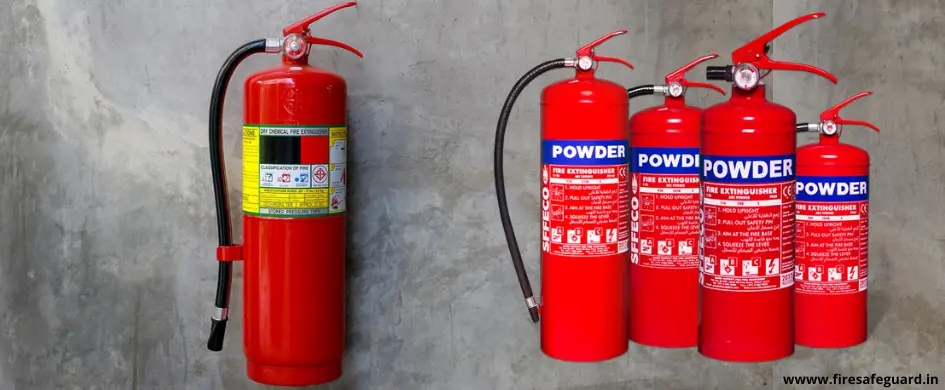
Everything You Need to Know about Dry Chemical Fire Extinguishers - Detailed Guide 2024

Top Fire Extinguisher Manufacturers in India
